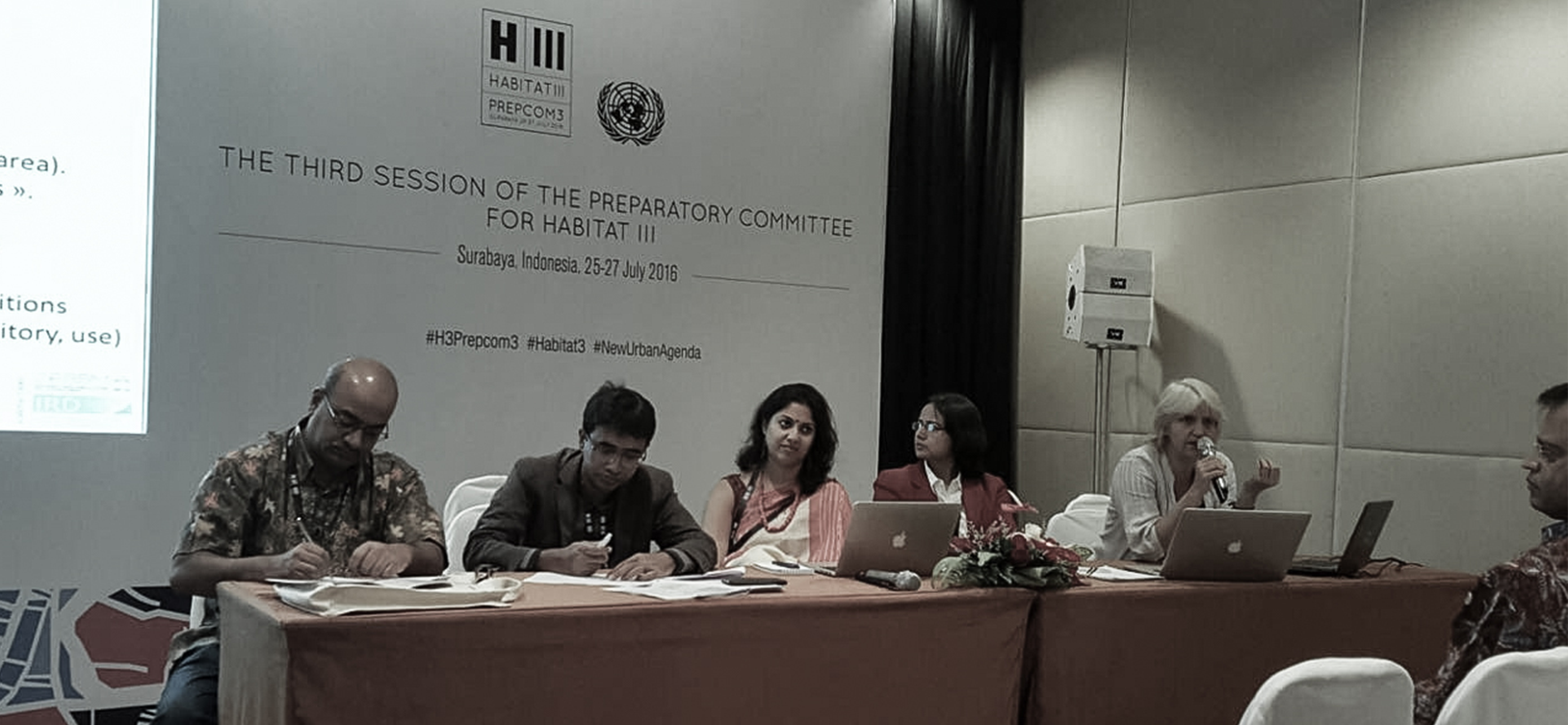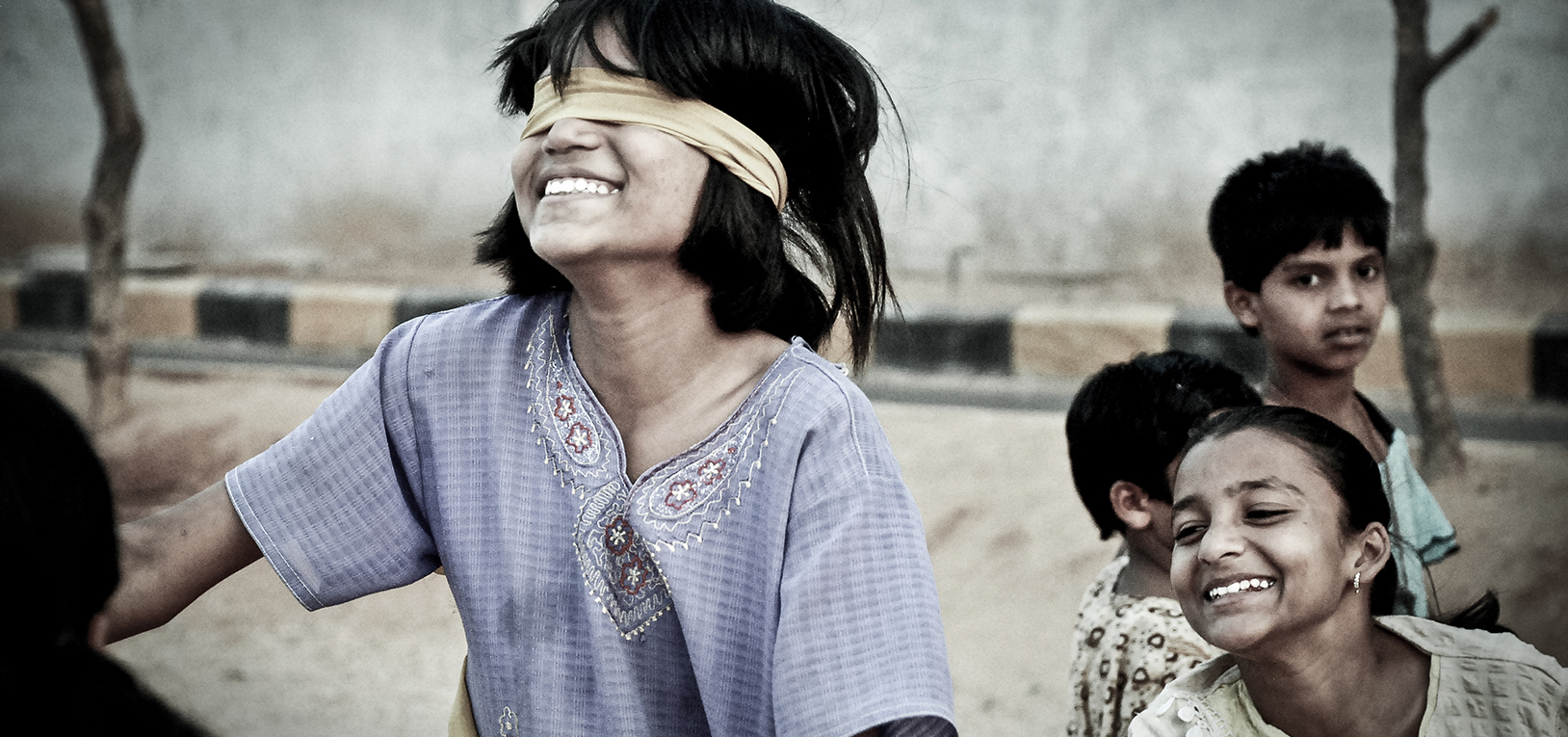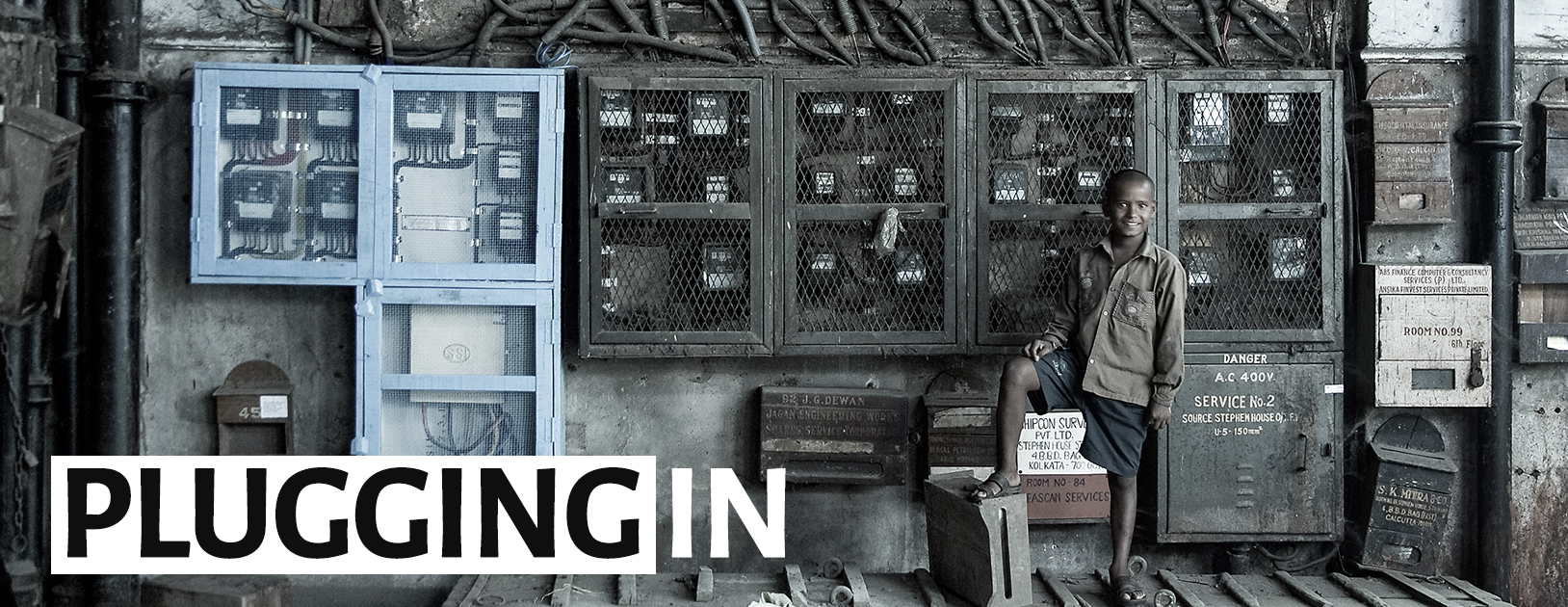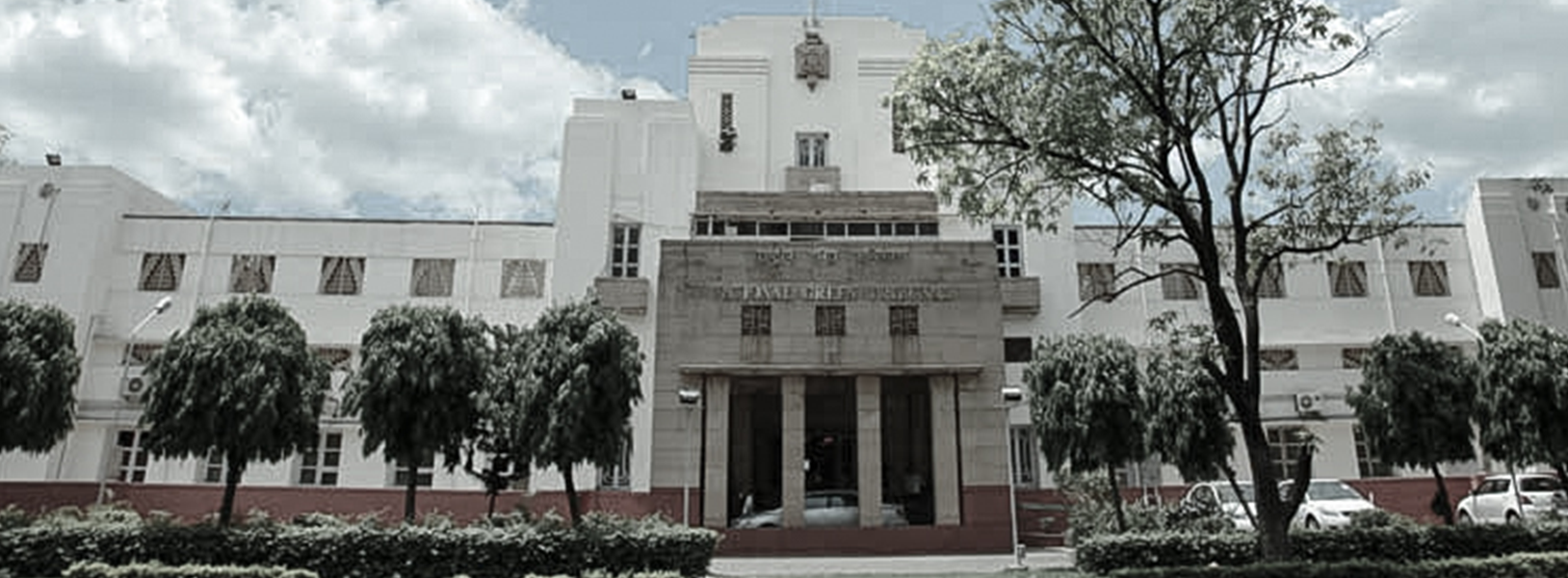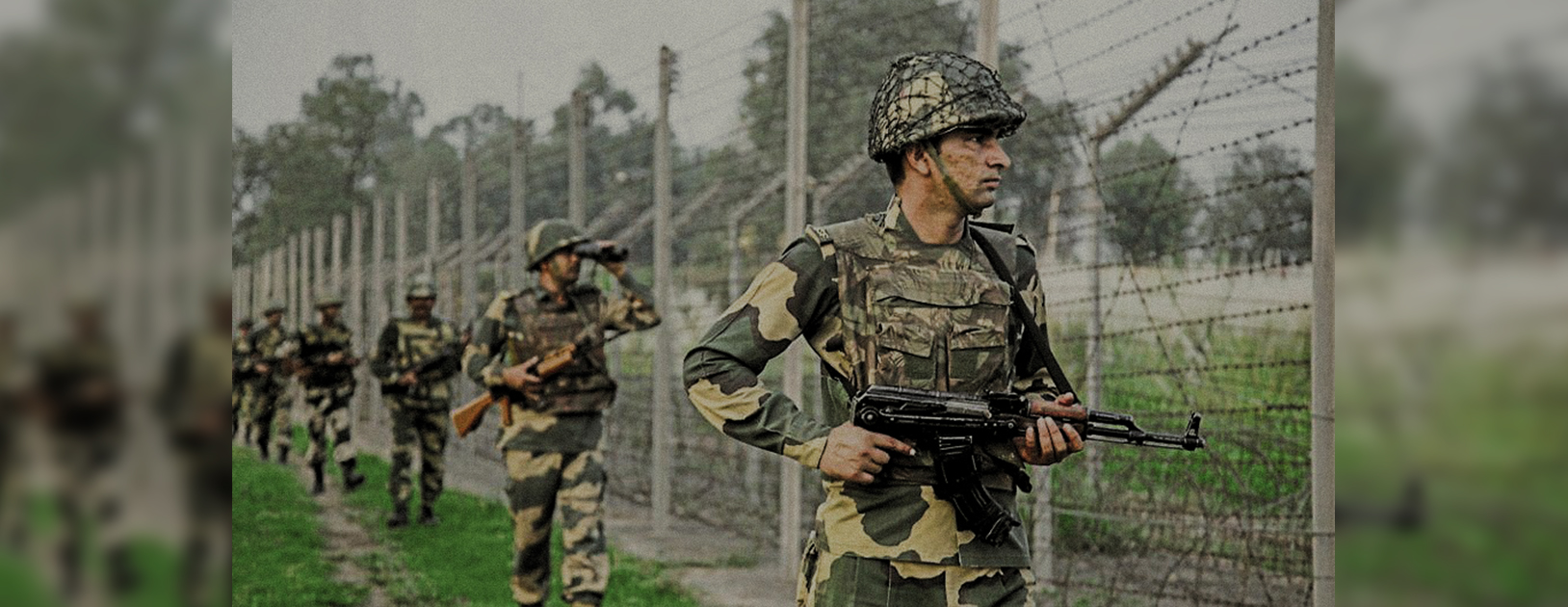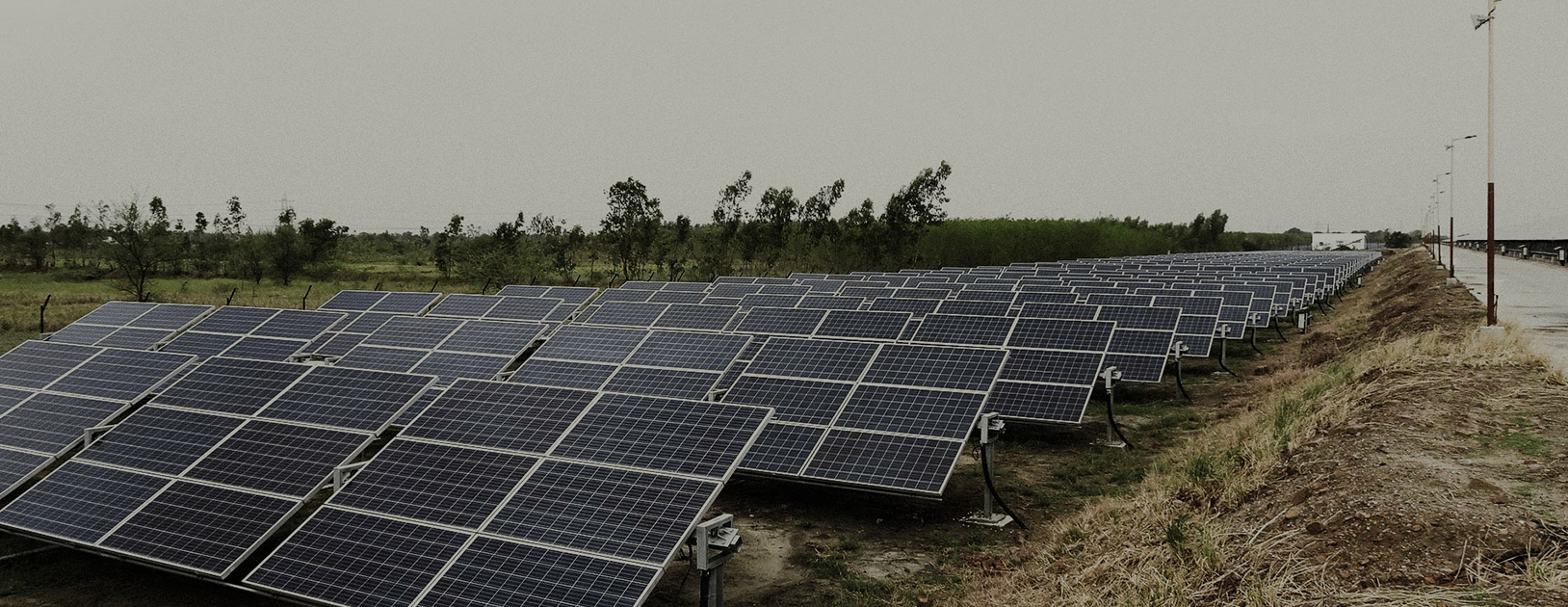As the country moves forward to sustain efforts undertaken through past water, sanitation, and housing programmes, while increasing focus on integrated water and sanitation through Jal Shakti and Jal Jeevan missions, this is an opportune time to deliberate on lessons learned from the field and engage with recent research findings. The goal of providing tap water for every household by 2024 will need a new thrust on wise water management practices, which would need to be supported by appropriate policies and incentives. Although there is recognition of the need to improve resource planning, service delivery, pollution abatement, and recycling, while expanding infrastructure for the unserved and underserved, critical questions around how this can be achieved in an integrated and sustained manner remain unanswered. While the principle of subsidiarity and decision-making at the lowest effective scale could hold the key, how can these principles be operationalised at a national scale?
In this context, the Scaling City Institutions for India: Sanitation (SCI-FI) initiative at CPR with support from the Bill and Melinda Gates Foundation, in partnership with UNICEF and WaterAid India, organised a day-and-a-half long national workshop titled ‘WASH Futures: Subsidiarity for Service Delivery’.
National Workshop and its thematic spread
The National Workshop served as a platform for discussions around some of SCI-FI’s key research themes and connect them to the new policy context in the sector in terms of governance and institutional roles.
The primary participants of the workshop were governments (at central, state and local levels), academicians, researchers, National Faecal Sludge and Sepatage Management (NFSSM) alliance members, policymakers, Civil Society Organisations (CSOs), and other development partner agencies.
The inaugural session setting the agenda for the workshop was followed by deliberations on key thematic areas, which are identified as under:
Technical Session on integrating planning to address water and sanitation needs in the rural-urban continuum.
Continued reliance on groundwater sources, without adequate recharge and predominance of sporadically serviced on-site sanitation systems – septic tanks and pits – evidence the commensurateness of water and sanitation infrastructure and services in India. Notwithstanding these deprivations, urban growth in the country has been precipitous in the last two decades, triggering in-situ growth, peripheral outgrowth and growth of satellite settlements.
A study on the identification of large and dense villages (LDVs) and their water sanitation facilities in India (which included 3892 Census Towns (CTs), settlements identified as urban by the Census of India but are administratively rural, and 155, 056 villages) revealed that they accounted for 507 million population based on Census 2011 data. It also revealed that a majority of these settlements are proximate to Class I cities which have a population greater than 100,000. More intriguingly, there is a continuum between these proximate rural and urban settlements not only in resembling socio-cultural and political economic structures but also through discernible similarities in water and sanitation infrastructure. LDVs which are within 25 km distance from nearby Class I cities account for 47 percent of the total LDV population of 507 million and 49 percent of their households with water within premise and 35 percent of households with toilets connected to on-site sanitation systems (Census 2011).
There has emerged a clear evidence of economic, social and environmental linkages between the urban areas and proximate settlements which stand to benefit from collective development planning. Another primary survey conducted in 2018 covering 60 LDVs in 5 states underscores trends in preferences for septic tanks and pits and variations in their design and make based on socio-economic, technical and behavioural factors influencing household decision making on their construction and maintenance. This study underscores and impels the exploration of rural-urban continuum through a microscopic analysis of water and sanitation infrastructure and services to gauge the viability of common waste treatment facilities through integrated planning and streamlining desludging services.
It is also imperative to facilitate the achievement of Sustainable Development Goals. Dovetailing efforts to converge pursuance of Goal 6 of Clean Water and Sanitation with Goal 10 on reduced inequality and Goal 11 on Sustainable Cities and Communities which call for ‘supporting positive economic, social and environmental links between urban, peri-urban and rural areas by strengthening national and regional development planning’. The case for integrated planning for urban-rural contiguous areas is further heightened by the government’s conviction to build faecal treatment plants and provide tap-water to all households by 2024. This session deliberated on cross-jurisdictional planning opportunities both within ‘mission’ plans and in wider governance arrangements within a subsidiarity framework.
Technical Session on decoding the sanitation mechanics.
The sanitation value chain emphasises on a systemic approach to address the prevalent challenges in the sanitation fold. This starts with the nature of the containment structures (on-site sanitation systems) and extends to the value of the recycled and reused products, emphasising on plethora of innovative technological interventions in the sanitation value chain. So far, the understanding of on-site containment structures, which are an essential part of the sanitation chain has been limited. A new nationally representative survey of OSS in secondary and smaller cities and in LDVs aims to address this gap in knowledge will be presented and debated.
Different forms of desludging services prevalent to the local context also serve an important role in the value chain as it holds cross cutting linkages with technical and social (reducing the human intervention in desludging) dimensions. Poor or limited FSSM in the current context are not fully mechanised and involve manual cleaning in one form or the other. Generating value out of the waste is a concept of resource efficient system, thus selection of sustainable FSSM systems for treating the sludge and valorisation of the treated waste into portable water and nutrient-rich biosolids or soil conditioners is to be viewed very critically in terms of attracting investments and minimising the environmental impacts.
This session gave a comprehensive insight on each component of the sanitation value chain, from the technical perspective of various subject experts with an enriched experience in this sector. Based on group discussions the session explored how the policy environment and intervention could be more supportive of alternative technologies and service delivery models, with the goal of increasing access to safe and sustainable water and sanitation in urban and rural areas.
Technical Session on Private Sector Participation to bridge the sanitation market gaps.
The sanitation sector presents an opportunity for a market of about $62 Billion by 2021. As per an earlier CPR-CII study, the Swachh Bharat Mission was expected to generate demand of Rs 32,000 Crores for the sanitary ware industry, Rs 27,900 Crores of demand for micro-finance, Rs 4,16,000 Crores for the equipment industry among other sectors[1]. Private sector engagement in the sanitation service sector remains unregulated and is characterised by indiscriminate disposal of the collected faecal sludge, precarious safety protocols, and unstandardised service provisions. There exist several key opportunities for engagement of the private sector ‘to leverage new business models and to enable efficiency and at competitive costs.’ As the scale of sanitation challenges is shifting from the issues of construction of toilets to the issues of sustained usage and continued O&M, cost recovery and driving innovative technological solutions, the role of the private sector will emerge in a broader light. This has also been articulated in the national policies encouraging Urban Local Bodies to invite private capital in urban infrastructure as well as to bring in private sector efficiency in the delivery of urban services, O&M and FSSM.
This session reflected and elucidated on the new studies that document the prevalent and emerging practices and business models underscoring private sector participation across the entire sanitation value chain. It also analysed the regulatory and governance frameworks present and envisaged for private sector led service provision. Group discussions deliberated on practices that can encourage partnerships, entrepreneurship, technology and financing in the water and sanitation sector.
Technical Session on Inclusive Sanitation: Rhetoric or Reality?
The sanitation ecosystem in its current form often misses critical elements of inclusion and equity in the value chain. Most city level sanitation chains do not adequately implement principles of inclusion, particularly in the city sanitation planning, technology selection, institutional reforms, financial mobilisation and managerial leadership. This impresses on the need for an ecosystem to mainstream inclusive sanitation processes in all urban management endeavors, while strengthening capacities of the institutions (public, private and community) to accord priority to inclusive sanitation.
This alignment of equity and inclusiveness in the city wide sanitation needs to be built across planning, designing, implementation, regulatory, monitoring and management levels. It also needs to include designing innovative technology options to increase and facilitate access, safety and security of women, aged, differently abled, transgender and other vulnerable groups in the public locations like school, work place, health centers, markets, parks, travel hubs and others. Tracking access and usage of equitable sanitation infrastructure and understanding the reasons for inequitable access and variability across the sanitation chain will gain enormous traction in the years to come. Provisioning of FSM services to poor and marginalised in cities, keeping in mind the principle of justice and equity, has already gained grounds in few cities. Safety and dignity of workers, capacity building and skill building of poor and marginalised to operate and manage sanitation (including FSM) systems require integration in city wide inclusive approaches.
This thematic session elucidated the need to align the concerns of city wide inclusive sanitation for one and all and the steps taken by the partners – government, CSOs, CSRs – to promote inclusive approaches in sanitation to facilitate access, ownership of FSM services in the city. The session also deliberated on various models adopted for encouraging inclusion and the challenges faced to embed and integrate inclusive sanitation in cities in a sustained manner and to draw recommendations for enabling policy frameworks on inclusion in sanitation.
Technical Session on Scale and Institutional Capacities
With the thrust on water and integrating sanitation with water programmes, emphasis on scale and institutional capacities of stakeholders is a key area for research and action. Under the new proposed subsidiarity principles in governance of the sector, capacity building of state level institutions as well as district and local government institutions (PRIs/ULBs) will be accorded priority. Institutional landscape in both water and sanitation space across all levels are faced with capacities which are inadequate, fragmented and often conflicted. Both water and sanitation programmes are viewed in silos in terms of planning, designing and implementation, instead there is a need to see both sector integrated programmatically. There are other issues surmounting the institutional capacities, with different programmatic aspects dealt with overlapping roles and responsibilities. However, there is a need for compliance of principles of subsidiarity to guarantee independence to a lower authority in relation to a higher tiers of governance. This highlights the need for oversight or authority to monitor dovetailing of both water and sanitation programs and investments in integrated manner; resolve conflicting issues and taking necessary decisions. As per the 73rd and 74th Constitutional Amendment Act, the functions of water and sanitation rests with local bodies but the question remains whether these bodies are capacitated enough to manage the function, and whether funds and functionaries are present with the local bodies to play the role effectively.
This session presented an overview on the need of scale and institutional accountability requirements through capacity building assessment of state level institutions as well as local governance institutions and outline a road map for the bridging the capacities of the concerned stakeholders. It deliberated on seeing water and sanitation institutional framework in an integrated manner, with local level accorded priority.
Closing Plenary Session: Moving forward on recommendations and areas for action
This session with a mix of presentations and a panel discussion discussed the prospects of resource planning, service delivery, pollution abatement, and recycling through an integrated lens. Connecting with the discussions of all the technical sessions, the future of government initiatives in WASH and the key challenges towards sustaining efforts for the unserved and underserved was explored. It deliberated on what is understood to be gaps in knowledge given the broader consensus on the need to adopt principles of subsidiarity and decision making at the lowest effective scale. These issues were discussed from the perspectives of practitioners in government, development partners and researchers in the field.
ThePrint India was the digital partner for the workshop. Media coverage of the workshop can be accessed below:

